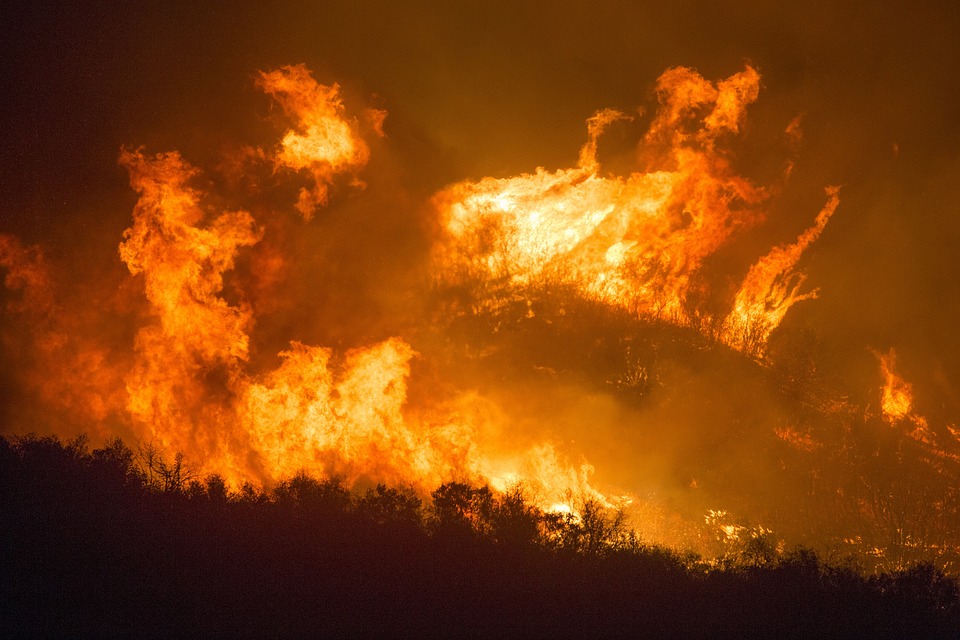As noted in previous blogs, business continuity and emergency management are fairly broad terms encompassing a large range of potential crises, disasters, risks, and disruptions. Natural disasters are, arguably, one of the most potentially devastating of these threats, and wildfires are one of several that are especially destructive at a widespread level. Sadly, we have recently witnessed the cataclysmic effects of wildfires in Australia and California, which have taken an unprecedented environmental and economic toll.
That said, it is important that businesses and institutions worldwide take time to reflect on best continuity practices for wildfire scenarios. Like those in Australia, out-of-control blazes can quickly level brick-and-mortar locations, taking a chunk out of a business’s efficiency as it fights to rebuild. If you live in a region where such disasters are prevalent, here are a few tips for better preparation.
Assess your risk levels
Like any disaster-related continuity plan, your wildfire (or other disaster) protocol should begin with a general assessment of your business’s fire/emergency susceptibility. Much of this process hinges on environmental factors — namely the environment and conditions in which your business is located. In the United States, for instance, there are numerous states that have been identified as high-risk for wildfire damage, including, but not limited to Arizona, California, and Montana. Keep yourself versed in fluctuating fire threat levels throughout the year, and consider studying the ways in which contemporary businesses have handled and recovered from such events in the past. All of this information will, in essence, serve as the foundation for your overall continuity plan.
Plan for decisions and responsibilities
It is easy for a business to crumble during a wildfire — both literally and figuratively, and both externally and internally. Organizationally, it is important to remember that, even in times of natural disaster, your business still has a set of responsibilities to uphold, and as you scheme a list of potential decisions for such an event, you must mold these plans around one key consideration: what are my workers’ responsibilities and will these plans help them achieve them despite the disaster? Obviously, employee well-being and infrastructural integrity have to come first in the hierarchy of continuity-based needs, but the best plans will meet disruption head-on without compromising too much of the business’s general efficiency.
Emphasize recovery
Wildfire damage is unique in that it is often binary; either a structure is left untouched or it is totally destroyed. Therefore, your wildfire continuity plan should put strong emphasis on hypothetical recovery, as such damage will likely be massive. Prepare for the worst — likely a total loss of space, physical data, and technological property — and decide how your business will keep itself alive as such matters are dealt with. Perhaps fold in a fallback plan that leans on remote working, temporary workspaces, or a mesh of the two. Above all, remember to plan for the jarring effect that such losses may have on your staff — both at an organizational and emotional level.
While these measures are particularly effective in wildfire preparation, many of them are also applicable to other natural disaster events, so be sure to consider each one regardless of your location.
